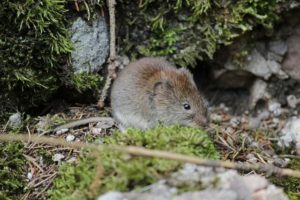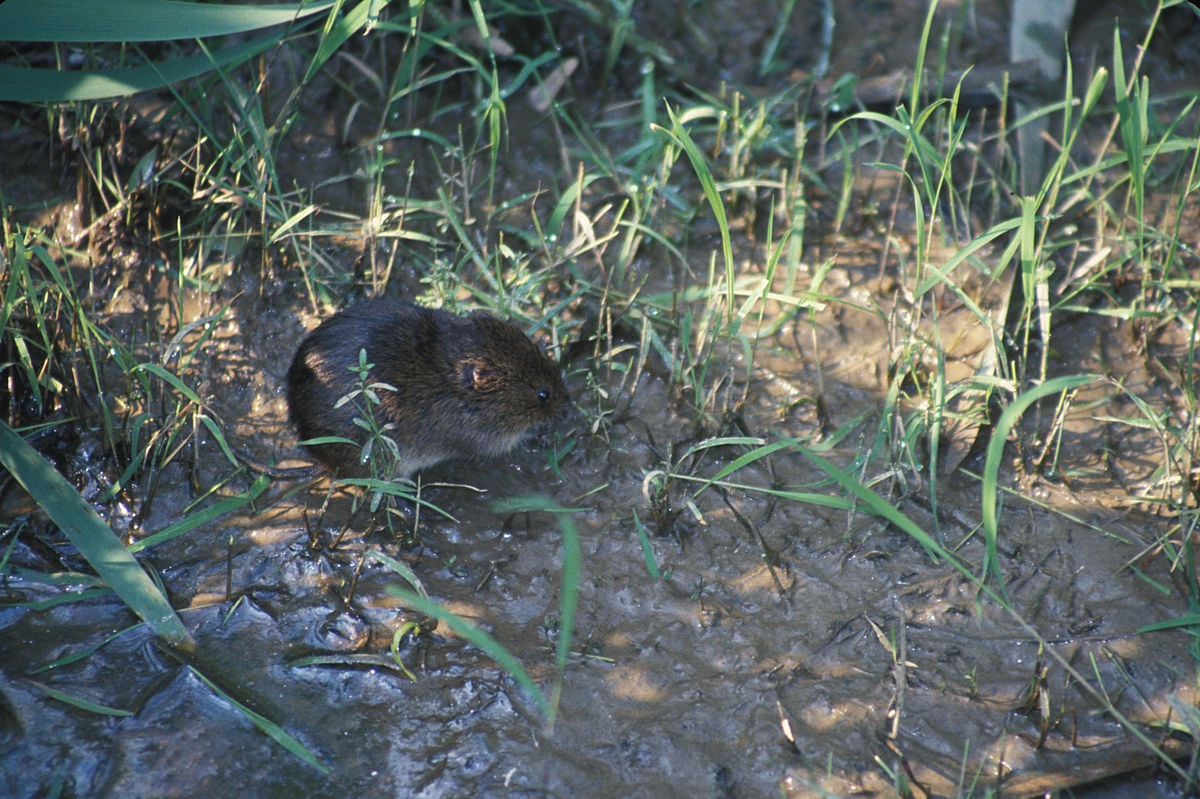Secure Your Grass: Effective Vole Control Techniques
Secure Your Grass: Effective Vole Control Techniques
Blog Article
Grasping Vole Insect Control: In-depth Insights on Problem Avoidance and Therapy Strategies
As homeowner and caretakers, the existence of voles can pose a substantial challenge to preserving the stability of our exterior spaces. Recognizing the ins and outs of vole habits is essential in developing reliable parasite control strategies. By recognizing the subtle signs of vole infestation early on, we can take aggressive steps to stop widespread damages. In this discussion, we will check out the nuances of vole habits, look into the recognition of invasion signs, and uncover the most reliable prevention and therapy approaches. Remain tuned to uncover the understandings that will certainly equip you to grasp vole pest control and guard your building against these evasive rats.
Understanding Vole Behavior
Checking out the foraging patterns of voles supplies valuable insights into their actions and environment preferences. By observing their foraging actions, researchers can get a far better understanding of where voles like to develop their habitats and the extent of their ecological influence.
Research study indicates that voles show selective feeding practices, liking seeds, roots, and bulbs. This dietary preference affects their foraging patterns, leading them to areas abundant in greenery and ground cover. In addition, voles are recognized to produce fancy passage systems for foraging and nesting functions, showing a high degree of flexibility to their surroundings.
Understanding vole actions is necessary for executing targeted bug control steps that disrupt their environment preferences and foraging tasks (vole yard damage). By examining their actions, specialists can create more effective avoidance and treatment methods to take care of vole problems

Identifying Indicators of Vole Invasion
Vole infestations can be detected by acknowledging particular indications of their presence in an area. One of the most common indications of a vole infestation is the existence of surface area runways.
Another crucial indicator of vole infestation is the existence of small burrow openings in the ground. Voles dig superficial burrow systems with multiple entrances and leaves. These burrows act as sanctuary and nesting sites for the voles. In addition, voles are understood to leave behind eaten plant stems, origins, and light bulbs near their burrow openings, indicating their feeding activity in the area.
In addition, vole droppings can likewise symbolize their existence. Vole droppings are little, brownish, and round in form, appearing like grains of rice. Discovering these droppings along paths or near burrow openings can verify a vole invasion. By being cautious for these indicators, residential or commercial property owners can without delay attend to vole infestations and stop additional damage.
Implementing Proactive Prevention Actions

Moreover, utilizing natural vole deterrents like castor oil-based repellents or predator pee can work as efficient safety nets. It is also a good idea to routinely examine outside rooms for any kind of signs of vole task, such as runways or delve openings, to resolve prospective infestations quickly. vole pest control. By adopting these positive avoidance strategies, homeowner can considerably decrease the likelihood of vole damage and maintain the health and wellness and visual appeals of their landscapes
Efficient Treatment Approaches
Incorporating targeted trapping methods and making use of accepted rodenticides are important parts of efficient therapy approaches for handling vole problems. Trapping can be an efficient means to minimize vole populaces, especially when placed purposefully in their active paths. Break catches and live traps can both work, with the last allowing for the capture and moving of voles. When using rodenticides, it is crucial to comply with security guidelines to prevent harm to non-target pets and family pets. Location rodenticides in safe and secure lure terminals to lessen risks to unplanned targets. Furthermore, environment modification, such as lowering ground cover and getting rid of sources of food, can help prevent voles from infesting an area. Normal monitoring and maintenance are also crucial aspects of effective therapy methods to ensure that vole populations are kept under control. By incorporating capturing, rodenticides, habitat alteration, and constant surveillance, effective vole parasite control can be attained.
Surveillance and Upkeep Tips
Maintaining a systematic routine for surveillance and carrying out routine upkeep activities is important to sustain the efficiency of vole pest control procedures. Regular tracking enables for the very early detection of vole activity, allowing timely treatment before infestations worsen. To efficiently monitor vole populaces, tactically placed catches can be look here utilized in vole runways or near burrow entrances. By on a regular basis checking these catches, residential or commercial property proprietors can determine the extent of vole activity and readjust control strategies accordingly.
Furthermore, preserving a clean and well-kept landscape is crucial in vole prevention. Clearing away debris, such as piles of wood or dense plants, eliminates possible vole environments. On a regular basis cutting and mowing yards vegetation helps minimize vole concealing spots and lessens their access to food sources.
In addition, ongoing maintenance of physical obstacles, such as fences or cord mesh, is essential to stop vole breach. Checking and repairing any kind of problems to these structures makes sure that vole control stays efficient in guarding properties from invasions. By integrating these tracking and upkeep practices right into an extensive vole bug control strategy, people can successfully manage vole populaces and protect their properties from damage.
Conclusion
To conclude, mastering vole bug control calls for a solid understanding of vole habits, the capability to identify indications of invasion, implementing positive prevention steps, effective therapy approaches, and consistent monitoring and upkeep. By taking a detailed approach to vole control, people can efficiently take care of and prevent problems, inevitably safeguarding their residential or commercial property and bordering environment from damage triggered by these tiny rats.
In this conversation, we will explore the subtleties of vole continue reading this habits, dig into the recognition of infestation indicators, and reveal the most reliable avoidance and therapy approaches.Incorporating targeted trapping techniques and making use of authorized rodenticides are crucial parts of reliable therapy methods for handling vole invasions. To efficiently keep track of vole populations, purposefully put traps can be made use of in vole runways or near burrow entrances. Evaluating and repairing any kind of damages to these structures makes certain that vole control stays effective in guarding homes from problems. By integrating these surveillance and maintenance techniques into a comprehensive vole bug control strategy, individuals can effectively handle vole populaces and shield their residential or commercial properties from damages.
Report this page